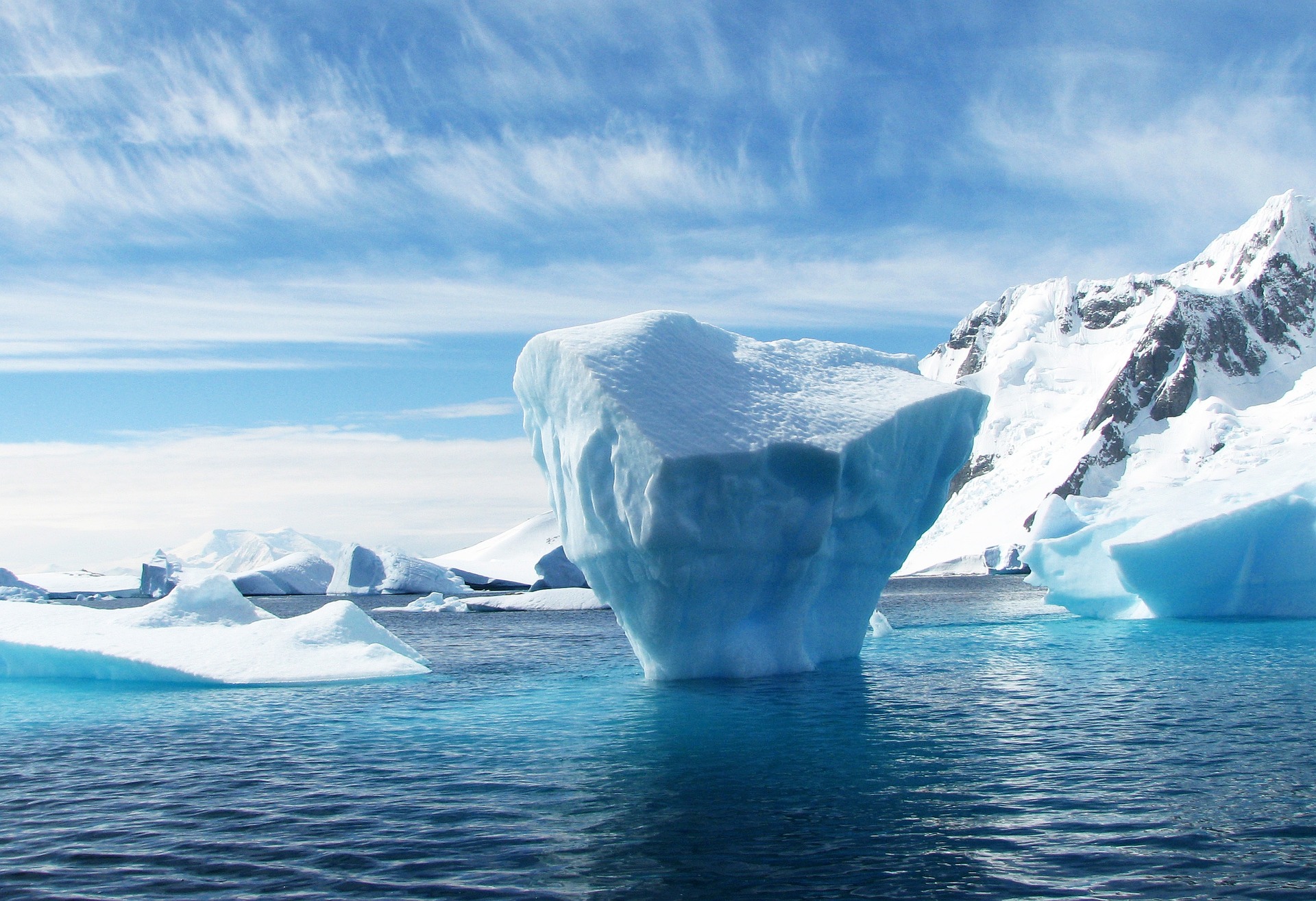As we continue to witness the impact of climate change, scientists around the world are searching for ways to better understand our planet’s history and gain insight into how to better protect it. One of the most important resources in this quest is ice, particularly the world’s oldest ice, which provides a window into the earth’s climate history.
In this article, we’ll explore why scientists are searching for the world’s oldest ice and how it can help us better understand the planet’s climate history. We’ll also discuss the importance of sustainability and environmental protection in this research.
Table of Contents
ToggleWhat is the oldest ice on earth?
The oldest ice on earth is found in Antarctica, where it has accumulated over the course of hundreds of thousands of years. This ice is incredibly valuable to scientists because it provides a record of past climate conditions, including temperature, atmospheric composition, and even past volcanic eruptions.
Scientists can extract ice cores from these ancient ice formations, which can be analyzed in the lab to reveal information about past climate conditions. This information can be used to better understand the earth’s climate history and how it has changed over time.
Why is it important to study the world’s oldest ice?
Studying the world’s oldest ice is important for several reasons. First and foremost, it provides a unique perspective on the earth’s climate history. By analyzing ice cores, scientists can reconstruct past climate conditions and understand how they have changed over time. This information can help us better understand the impact of human activity on the climate and inform strategies for mitigating climate change.
Additionally, studying the world’s oldest ice can help us better understand natural climate cycles. By studying the patterns of climate change in the past, we can make more accurate predictions about how the climate will change in the future.
Finally, studying the world’s oldest ice is important for preserving our planet’s natural resources. The information we gain from this research can help inform sustainable practices and protect our planet’s delicate ecosystems.

How do scientists study the world’s oldest ice?
To study the world’s oldest ice, scientists must travel to remote locations in Antarctica and drill deep into the ice sheet. Once an ice core is extracted, it is carefully transported back to the lab, where it can be analyzed for a variety of factors, including temperature, atmospheric composition, and even the presence of ancient microbial life.
Analyzing ice cores is a delicate and time-consuming process. Scientists must carefully preserve the ice cores to ensure that they remain intact and do not become contaminated. Additionally, the process of analyzing the ice can take years, as scientists work to extract and analyze the many layers of ice that have accumulated over hundreds of thousands of years.
The importance of sustainability in ice core researchWhile studying the world’s oldest ice is incredibly valuable, it’s important to conduct this research in a sustainable and environmentally responsible way. Ice core research requires a significant amount of energy and resources, including transportation to remote locations, drilling equipment, and laboratory analysis.
To ensure that this research is conducted in a sustainable way, scientists are increasingly turning to renewable energy sources and eco-friendly practices. For example, some research stations in Antarctica are powered by renewable energy sources like solar and wind power. Additionally, researchers are working to minimize waste and recycle materials to reduce their environmental impact.
By conducting ice core research in a sustainable way, scientists can not only gain valuable insights into the earth’s climate history, but also demonstrate a commitment to protecting our planet’s delicate ecosystems.
Conclusion
Studying the world’s oldest ice is a critical component of our efforts to better understand the earth’s climate history and protect our planet’s natural resources. By analyzing ice cores, scientists can reconstruct past climate conditions, understand natural climate cycles, and inform sustainable practices.
As we continue to grapple with the challenges of climate change, it’s more important than ever to support and promote sustainable research practices that help us better understand the earth’s climate history and protect our planet’s delicate ecosystems.
In conclusion, the search for the world’s oldest ice is an important scientific endeavor that has far-reaching implications for our understanding of the earth’s climate history and our ability to protect the planet’s natural resources. Through sustainable research practices and a commitment to environmental protection, scientists can unlock valuable insights into the earth’s past and work towards a more sustainable future. As individuals, we can support this research by advocating for sustainable practices, reducing our own carbon footprint, and supporting policies that prioritize environmental protection. Together, we can help protect our planet and create a more sustainable future for generations to come.







